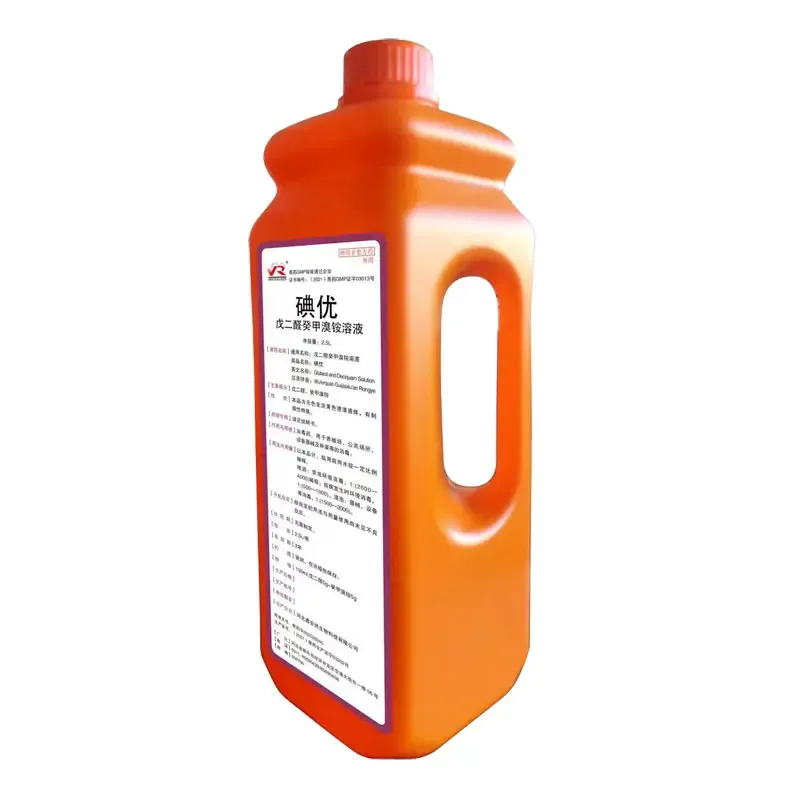- Afrikaans
- Albanian
- Amharic
- Arabic
- Armenian
- Azerbaijani
- Basque
- Belarusian
- Bengali
- Bosnian
- Bulgarian
- Catalan
- Cebuano
- Corsican
- Croatian
- Czech
- Danish
- Dutch
- English
- Esperanto
- Estonian
- Finnish
- French
- Frisian
- Galician
- Georgian
- German
- Greek
- Gujarati
- Haitian Creole
- hausa
- hawaiian
- Hebrew
- Hindi
- Miao
- Hungarian
- Icelandic
- igbo
- Indonesian
- irish
- Italian
- Japanese
- Javanese
- Kannada
- kazakh
- Khmer
- Rwandese
- Korean
- Kurdish
- Kyrgyz
- Lao
- Latin
- Latvian
- Lithuanian
- Luxembourgish
- Macedonian
- Malgashi
- Malay
- Malayalam
- Maltese
- Maori
- Marathi
- Mongolian
- Myanmar
- Nepali
- Norwegian
- Norwegian
- Occitan
- Pashto
- Persian
- Polish
- Portuguese
- Punjabi
- Romanian
- Russian
- Samoan
- Scottish Gaelic
- Serbian
- Sesotho
- Shona
- Sindhi
- Sinhala
- Slovak
- Slovenian
- Somali
- Spanish
- Sundanese
- Swahili
- Swedish
- Tagalog
- Tajik
- Tamil
- Tatar
- Telugu
- Thai
- Turkish
- Turkmen
- Ukrainian
- Urdu
- Uighur
- Uzbek
- Vietnamese
- Welsh
- Bantu
- Yiddish
- Yoruba
- Zulu
Samh . 16, 2024 07:28 Back to list
tylosin 200 mg
Tylosin 200 mg A Comprehensive Overview
Tylosin is an antibiotic that is widely used in veterinary medicine, particularly in the treatment of a variety of infections in animals. It is classified as a macrolide antibiotic and derived from the bacterium *Streptomyces fradiae*. With its potent antibacterial properties, Tylosin plays a crucial role in managing infections caused by susceptible organisms. In this article, we will delve into the various aspects of Tylosin, with a particular focus on its formulation of 200 mg, its uses, mechanisms of action, side effects, and considerations in veterinary practice.
Mechanism of Action
Tylosin works by inhibiting bacterial protein synthesis. It binds to the 50S subunit of the bacterial ribosome, preventing the translocation of peptides. This action effectively stops the growth of bacteria, making it a bacteriostatic agent. It is particularly effective against Gram-positive bacteria and some Gram-negative bacteria, including *Mycoplasma* species, which are often implicated in respiratory and reproductive diseases in livestock.
Uses in Veterinary Medicine
The 200 mg formulation of Tylosin is commonly used in the treatment of respiratory diseases, enteritis, and other bacterial infections in livestock such as swine, poultry, and cattle. Tylosin is known for its effectiveness against *Mycoplasma pneumonia*, which can cause significant health issues in pigs and poultry. In addition to treating infections, Tylosin is also used in feed to promote growth and improve feed efficiency in livestock, highlighting its dual role in veterinary care.
Administration and Dosage
Tylosin can be administered through various routes, including oral, intramuscular, and intravenous. The common practice in livestock is to incorporate Tylosin into feed or water to ensure consistent dosing. For the 200 mg formulation, the dosage will vary based on the type of animal and the severity of the infection. It is crucial to follow the veterinarian's recommendations when determining the appropriate dosage, as factors such as age, weight, and overall health of the animal can influence the treatment plan.
tylosin 200 mg

Side Effects and Precautions
While Tylosin is generally well-tolerated, some side effects may occur. These can include gastrointestinal disturbances such as diarrhea, nausea, and loss of appetite. In some cases, allergic reactions may occur, manifesting as skin reactions or respiratory issues. It is essential for veterinarians to monitor animals closely during treatment, especially those with pre-existing conditions.
Furthermore, Tylosin should be used with caution in animals with liver or kidney dysfunction, as these organs play a crucial role in drug metabolism and excretion. In addition, the use of Tylosin in food animals may raise concerns regarding antibiotic resistance, prompting the need for responsible usage and adherence to withdrawal periods to ensure that drug residues do not contaminate the food supply.
Regulatory Considerations
In many countries, including the United States, Tylosin is classified as a prescription medication, requiring a veterinarian's authorization for use. Farmers and livestock producers should understand the regulations surrounding Tylosin's use, including any withdrawal times—periods after the last dose before the animal can be slaughtered for food—necessary to prevent drug residues in meat. This is not only crucial for food safety but also for maintaining consumer confidence in livestock products.
Conclusion
Tylosin, particularly in its 200 mg formulation, has proven to be a valuable tool in veterinary medicine. Its effectiveness against a range of bacterial infections and its utility in promoting growth in livestock underscore its importance in animal husbandry. However, the use of Tylosin comes with responsibilities that require careful consideration of the potential for side effects and the implications of antibiotic resistance. Veterinarians and livestock producers must work together to ensure the responsible use of Tylosin, balancing the health needs of the animals with the need for sustainable practices in agriculture. Regular veterinary care and a comprehensive understanding of medication usage will contribute to healthier livestock and a safer food supply.
-
Guide to Oxytetracycline Injection
NewsMar.27,2025
-
Guide to Colistin Sulphate
NewsMar.27,2025
-
Gentamicin Sulfate: Uses, Price, And Key Information
NewsMar.27,2025
-
Enrofloxacin Injection: Uses, Price, And Supplier Information
NewsMar.27,2025
-
Dexamethasone Sodium Phosphate Injection: Uses, Price, And Key Information
NewsMar.27,2025
-
Albendazole Tablet: Uses, Dosage, Cost, And Key Information
NewsMar.27,2025













